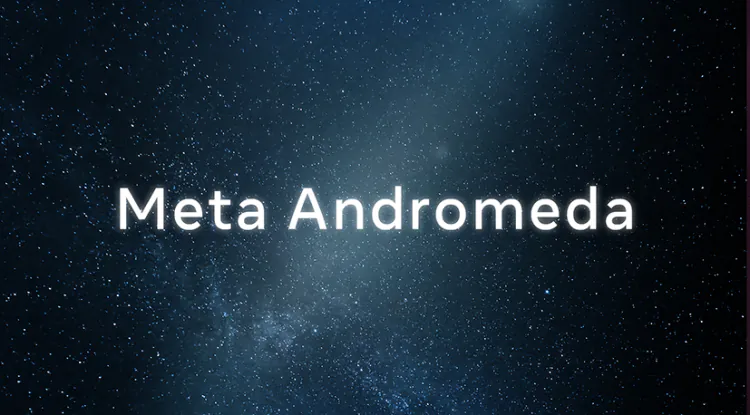The Hidden World of the Internet: Understanding the Dark Web, Deep Web, and Surface Web
When most people think about the internet, they picture scrolling through Google results, streaming videos on YouTube, or chatting on Facebook and Instagram. But here’s the truth: all of that only makes up about 5% of the entire internet. Yes, just the tip of the iceberg.

Beneath the surface lies a vast, largely invisible network that many users never encounter. This hidden portion is divided into two main categories — the Deep Web and the Dark Web. While the Deep Web is mostly harmless, the Dark Web is often portrayed as a mysterious and dangerous place. But what really goes on there? And why do people risk entering it?
In this article, we’ll break down the internet iceberg, explore what makes the Dark Web so intriguing, how it works, and why you need to be extremely cautious about it.
The Internet Iceberg: Surface, Deep, and Dark Web
Think of the internet as an iceberg.
-
Surface Web (5%) – The part everyone sees and uses daily. Accessible through Google, Bing, or any search engine.
-
Deep Web (90%+) – The massive hidden section of the web that is not indexed by search engines. Includes password-protected sites, databases, private portals, research documents, and more.
-
Dark Web (a small portion of the Deep Web) – Encrypted, anonymous areas only accessible with special tools like the Tor browser.
Let’s dive deeper into each layer.
The Surface Web: Your Everyday Internet
The Surface Web is where you spend most of your online time. It includes:
-
Social media platforms like Facebook, Instagram, Twitter/X
-
Streaming sites like YouTube and Netflix
-
Blogs, news websites, and e-commerce stores
Since search engines index these sites, anyone can access them easily. This is the clean, safe, and regulated part of the internet.
The Deep Web: Hidden but Harmless
The Deep Web makes up the majority of the online world. It sounds mysterious, but in reality, it’s mostly harmless. What makes it “deep” is that its content isn’t indexed by search engines.
Examples of Deep Web content include:
-
Medical records (protected by hospital logins)
-
Legal documents stored in court databases
-
Financial data accessible only through banking portals
-
Academic research papers stored behind paywalls
-
Private business forums and intranets
These aren’t illegal — they’re just private. You need the right password or authorization to get in.

The Dark Web: The Internet’s Wild West
Now comes the part that sparks curiosity — the Dark Web. Unlike the Deep Web, which is just private, the Dark Web is intentionally hidden and accessible only through encrypted networks like Tor (The Onion Router).
On the Dark Web, you’ll find:
-
Positive uses: whistleblowers, journalists, and political activists who need anonymity for safety.
-
Negative uses: illegal marketplaces for drugs, weapons, counterfeit money, stolen data, and hacking tools.
-
Hacker communities: sharing exploits, malware, or even trading stolen login credentials.
This dual nature makes the Dark Web both fascinating and dangerous.
How Does the Dark Web Work?
To understand how people access the Dark Web, you need to know about Tor.
-
Tor (The Onion Router) was originally developed by the US Department of Defense in the 1990s to allow secure communication. Later, it was made public as an open-source project supported by organizations like the Electronic Frontier Foundation.
-
It works by routing your internet traffic through multiple volunteer nodes across the globe, encrypting data at every step. Think of it as peeling back the layers of an onion — hence the name.
-
The goal: to mask your identity and make your online activity untraceable.
However, anonymity is not perfect. Once data leaves the Tor exit node, it’s no longer encrypted, meaning you could still be exposed.
Risks of Visiting the Dark Web
Before you even think about exploring the Dark Web, understand the risks:
-
Legal Trouble – In many countries, accessing certain Dark Web content is illegal. You could face penalties or criminal charges.
-
Malware Infections – Clicking the wrong link could install harmful software on your device.
-
Phishing Attacks – Cybercriminals often trick visitors into giving away personal information.
-
Compromised Nodes – If a Tor node is hacked, your identity could still be revealed.
-
Slow Speed – Tor’s multiple layers of encryption make browsing painfully slow compared to normal internet.
In short: the Dark Web is not a place for casual exploration.
Why Do People Still Use the Dark Web?
Despite the risks, some people rely on the Dark Web for legitimate reasons:
-
Whistleblowing: Exposing corruption or unethical practices without risking retaliation.
-
Journalism: Reporters communicating securely with sources in oppressive regions.
-
Political Activism: Citizens in countries without freedom of speech use it to share information safely.
On the flip side, cybercriminals exploit it for illegal purposes. This dual nature makes it a gray area of the internet.
Staying Safe Online
If your curiosity about the Dark Web still tempts you, here are a few essential precautions (though the safest advice is: don’t go at all):
-
Use Tor Browser – Required for accessing Dark Web sites.
-
Add a VPN (Virtual Private Network) – For extra encryption and anonymity.
-
Enable a Sandbox Environment – To prevent malware from spreading if accidentally downloaded.
-
Install a Firewall – To monitor outgoing and incoming traffic.
-
Keep Systems Updated – Outdated software is an easy target for hackers.
But again — for most users, learning about the Dark Web is safer than visiting it.

What Businesses Can Learn from the Dark Web
You don’t have to explore the Dark Web to gain insights. Cybersecurity experts like IBM’s X-Force team actively monitor it to identify new threats such as:
-
Rising costs of stolen login credentials
-
Emerging hacking techniques
-
Shifts in cybercriminal marketplaces
These insights help businesses and individuals strengthen their security strategies without putting themselves at risk.
Final Thoughts
The Dark Web is often glamorized in movies and media, but in reality, it’s a risky, unpredictable, and legally questionable part of the internet. While it does serve important purposes for anonymity and free speech, it’s also a hub for cybercrime.
For everyday users, it’s best to stay informed, cautious, and focused on keeping your digital life secure. Remember, the visible internet we all use is only a small fraction of the entire online universe. Beneath it lies a world that is best left to researchers, cybersecurity experts, and those with strong technical knowledge.
At the end of the day, awareness is your best defense. Understanding what lies beneath the surface of the internet iceberg can help you stay safe while navigating the online world.
What's Your Reaction?

















